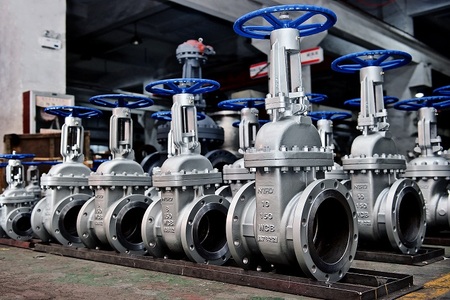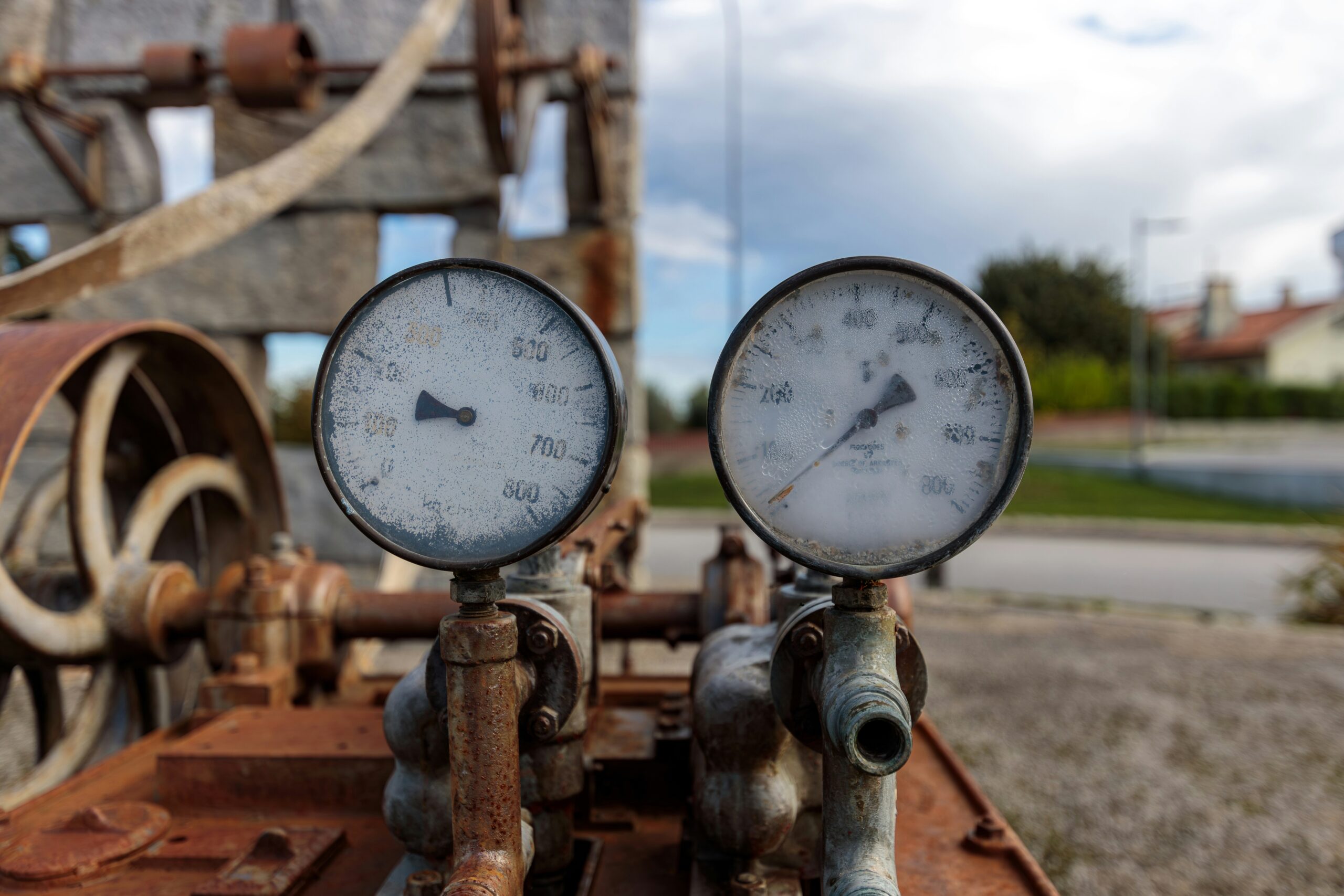Understanding Gate Valves: A Comprehensive Guide to Types and Applications
Gate valves represent one of the most fundamental and widely used components in fluid control systems across industrial applications. These linear motion valves serve primarily as isolation devices, designed to either completely allow or completely block fluid flow through a pipeline. Understanding the various gate valves types and their specific applications is crucial for engineers and technicians working in petrochemical, water treatment, oil and gas, and manufacturing industries.
What Are Gate Valves?
A gate valve operates using a wedge-shaped disc (the gate) that moves perpendicular to the flow direction. When fully open, the gate retracts completely into the valve body, creating a straight-through flow path with minimal pressure drop. This design makes gate valves ideal for applications requiring unobstructed flow when open and tight sealing when closed.
The fundamental principle behind gate valve operation involves linear motion of the gate disc, controlled by a threaded stem that raises or lowers the gate. Unlike other industrial valve types designed for throttling, gate valves function optimally in fully open or fully closed positions, making them unsuitable for flow regulation applications.
Classification by Gate Design
Solid Wedge Gate Valves
Solid wedge gate valves feature a single-piece gate disc that provides excellent strength and reliability. The wedge design ensures tight sealing against valve seats as the gate closes, creating effective shut-off capabilities. These valves excel in high-pressure applications and offer superior resistance to damage from fluid turbulence.
The solid construction eliminates potential failure points associated with multi-piece designs, making them ideal for critical applications where reliability is paramount. However, they can be susceptible to thermal binding in applications with significant temperature variations.
Split Wedge Gate Valves
Split wedge designs incorporate a two-piece gate with a spring-loaded mechanism that allows each half to seat independently against the valve seats. This configuration provides better sealing performance compared to solid wedge designs, particularly in applications with thermal cycling or slight misalignment issues.
The flexibility inherent in split wedge designs compensates for thermal expansion and contraction, reducing the risk of gate binding while maintaining effective sealing. This makes them particularly suitable for steam service and high-temperature applications.
Parallel Slide Gate Valves
Parallel slide gate valves utilize two parallel discs connected by a spreader mechanism. As the valve closes, the spreader forces the discs outward against the seats, creating a sealing effect. This design provides excellent sealing performance and reduces operating torque compared to wedge-type gates.
The parallel disc configuration offers advantages in applications with suspended solids, as the spreading action helps clear debris from seating surfaces. However, these valves typically require more complex internal mechanisms, potentially increasing maintenance requirements.
Classification by Stem Design
Rising Stem Gate Valves
Rising stem gate valves feature a stem that moves upward as the valve opens, providing visual indication of valve position. The gate moves along the stem threads while the stem rises through the actuator. This design offers clear position indication and protects the stem threads from direct contact with the flowing medium.
These valves require adequate overhead clearance for stem travel but provide excellent position visibility, making them ideal for manual operation applications where valve position confirmation is critical.
Non-Rising Stem Gate Valves
Non-rising stem designs keep the stem stationary vertically while the gate travels along the threaded stem. The stem threads directly contact the flowing medium, requiring appropriate materials selection for corrosive services. These valves require minimal overhead clearance, making them suitable for underground installations and space-constrained applications.
While more compact than rising stem designs, non-rising stem valves offer less obvious position indication and may require additional position indicators for remote monitoring applications.
Material Considerations and Applications
The diverse gate valve types require careful material selection based on service conditions. Carbon steel variants excel in general hydrocarbon service, while stainless steel options provide superior corrosion resistance for chemical processing applications. Bronze and brass gate valves serve effectively in water and marine applications, offering excellent corrosion resistance at moderate pressures.
Cast iron gate valves remain popular for water distribution systems due to their cost-effectiveness and adequate performance in low-pressure applications. For extreme service conditions, exotic alloys such as Hastelloy, Inconel, or titanium may be specified to ensure long-term reliability and safety.
Industry Applications and Selection Guidelines
Gate valves find extensive application across numerous industries. In petrochemical facilities, they serve as mainline isolation valves, emergency shutdown devices, and pig launcher/receiver components. Water treatment plants utilize gate valves for process isolation, maintenance operations, and flow control at treatment stages.
The oil and gas industry relies heavily on gate valves for wellhead control, pipeline isolation, and refinery process applications. Power generation facilities employ them in steam systems, cooling water circuits, and fuel handling systems.
Proper selection requires consideration of pressure ratings, temperature ranges, end connections, and actuation requirements. Manual operation suffices for many applications, while critical or remote installations may require electric, pneumatic, or hydraulic actuators for reliable operation and automation compatibility.
Maintenance and Operational Considerations
Successful gate valve operation depends on proper installation, regular maintenance, and appropriate usage. These valves should operate slowly to prevent water hammer and reduce wear on seating surfaces. Regular inspection of stem packing, position indicators, and actuator components ensures continued reliable operation.
Preventive maintenance programs should include periodic exercising of valves, lubrication of moving components, and replacement of wear items according to manufacturer recommendations. Proper training of operating personnel on valve limitations and proper operation procedures significantly extends valve service life and maintains system reliability.
Gate valves represent a cornerstone technology in fluid control systems, offering reliable isolation capabilities across diverse industrial applications. Understanding the various configurations and their specific advantages enables optimal selection for each unique application requirement.
 A Comprehensive Guide to Wedge Gate Valves: Principles, Advantages, and Applications
A Comprehensive Guide to Wedge Gate Valves: Principles, Advantages, and Applications
 Toshiba Unveils Advanced 100V Power MOSFET with Next-Generation Manufacturing Process
Toshiba Unveils Advanced 100V Power MOSFET with Next-Generation Manufacturing Process
 Global Process Instrumentation Market Outlook 2025–2035
Global Process Instrumentation Market Outlook 2025–2035
 Industrial Valve Supplier Guide: How to Avoid Costly Mistakes in 2025
Industrial Valve Supplier Guide: How to Avoid Costly Mistakes in 2025
